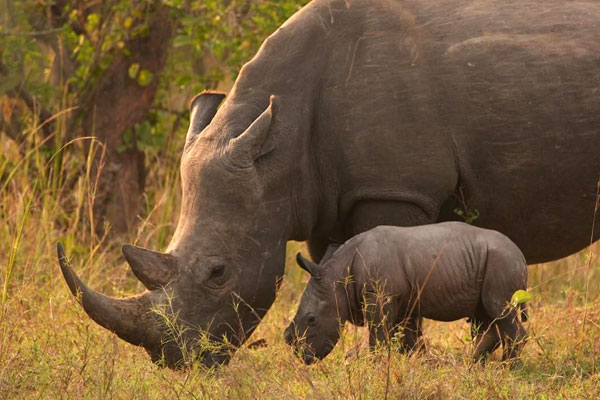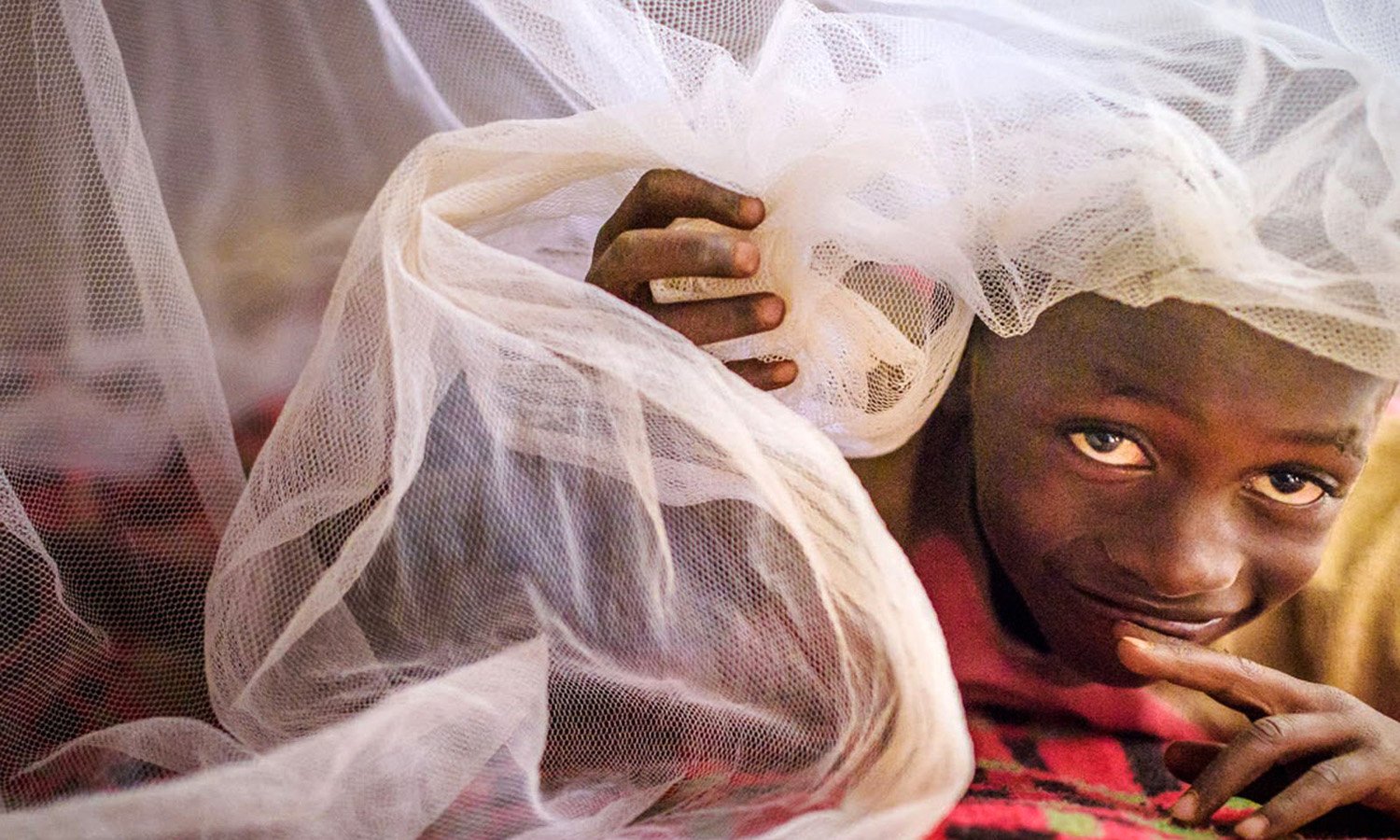What the closure of Rhino sanctuary means for locals

A Rhino with its calf at Ziwa Rhino Sanctuary. The conservation area has made Nakasongola District a tourist destination. PHOTO | EMMA MUTAYIZIBWA
What you need to know:
- When Uganda Wildlife Authority (UWA) announced the closure of the sanctuary on April 16, Mr Kigula said more than 3,000 cattle that were freely grazing on the sanctuary land were banned immediately.
The closure of the country’s sole Rhino sanctuary in Nakasongola District will have a devastating effect on the tourism industry as well as affect several projects that have been benefiting Ziwa Rhino Sanctuary, including loss of jobs for many residents, local authorities have warned.
Since its establishment in 2006, the Rhino sanctuary has been behind some projects in the district and funding particular social services.
Ms Sam Kigula, the Nakasongola District chairperson, said Ziwa Rhino Sanctuary has made Nakasongola a tourist destination.
“We are at a big loss if the Rhinos are shifted to a different area. We even had the privilege to have one of the Rhinos named after one of the sub-counties (Nakitoma) in Nakasongola District,” Mr Kigula said at the weekend.
When Uganda Wildlife Authority (UWA) announced the closure of the sanctuary on April 16, Mr Kigula said more than 3,000 cattle that were freely grazing on the sanctuary land were banned immediately.
“The animal owners are now stranded since they had not planned for this emergency. Nakitoma Health Centre III and Kasozi Health Centre II have been beneficiaries of different projects targeting the patients,” he said.
Inside the Rhino sanctuary is Hakuna Matata Nursery and Primary School whose teachers are paid by Rhino Fund Uganda.
“The parents have been paying half the school fees and we really don’t know the fate of the pupils now,” the district boss added.
Mr Richard Ssenyimba, the chairperson of Nakitoma Sub-County, said the sanctuary has been employing more than 140 people from his area with many earning at least Shs400,000 per month.
“We have always approached the Rhino Fund for assistance for our schools. They have always ensured the school pit-latrines are constructed including the repair of boreholes...,” he said.
Mr Ssenyimba said the Rhino Fund Uganda gave them Shs10m that was used to purchase the land for construction of the solar water pump used by Nakitoma Health Centre and the community.
“At the height of the misunderstandings between the parties managing the sanctuary, we were part of the group that met President Museveni to try and help resolve the dispute. It is unfortunate that the dispute has resulted in the closure of the sanctuary. We are more worried that this closure could lead to the relocation of the Rhinos from Nakasongola,” Mr Ssenyimba said.
While authorities in the district indicated that they still have hope in negotiations between the two conflicting parties to save the sanctuary from a possible relocation, a feasibility study is being undertaken by government to have a safer area for the endangered herbivores.
The closure of the sanctuary could cost the sector an estimated Shs45b in a final translocation exercise.
Ziwa Rhinos and Wildlife Ranches and the Rhino Fund Uganda have for the last five years been embroiled in a row over the management of the sanctuary.
The dispute has now gone to the High Court where Rhino Fund Uganda seeks court intervention in the pending closure of the sanctuary that hosts 33 rhinos.
The respondents in the court matter are Ziwa Rhino and Wildlife Ranch Ltd and Capt Joseph Charles Roy, a conservationist.





